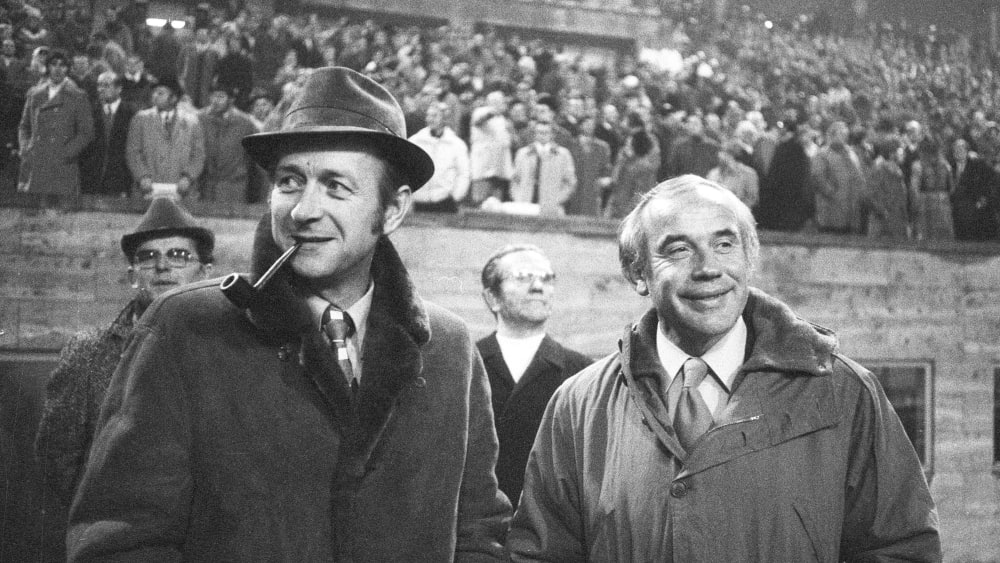On 20 October 1971, only the 27,500 spectators at the Bökelberg stadium witnessed the legendary “can-throwing match” between Borussia Mönchengladbach and Inter Milan. Why?
The naturally planned TV broadcast failed for a reason that would be unthinkable today: 6600 marks. As was customary at the time, the broadcasting rights for a European Cup match were still negotiated individually. After tough negotiations, Borussia’s managing director Helmut Grashoff and ARD were actually on the home straight when the deal fell through just a few hours before kick-off. The point of contention: value-added tax!
ARD wanted to pay Borussia 60,000 marks for the broadcast. When the contract was presented four hours before kick-off in Gladbach, it included value-added tax of eleven per cent. Grashoff, on the other hand, was of the opinion that television had to pay the agreed 60,000 marks plus VAT, i.e. a total of 66,600 marks. Both parties, Grashoff and ARD man Ernst Huberty, representing the television company, insisted on their respective positions until the end.
“We would have been left with too little “
And so it came to pass that the TV screen remained black because of a sum of 6600 marks. “We don’t have our thumbs screwed on. What we asked for is common practice,” Huberty said the day after the match. Grashoff countered, “If we had also taken on the VAT, we would have been left with too little.”
Nevertheless, a few TV pictures exist, which are also on display in Borussia’s club museum. Not all the cameras in the stadium were taken down before kick-off to allow footage for Italian television. Among other things, Borussia’s beautiful goals and scenes of the tumult after the can toss can be seen – but not the can toss itself.





